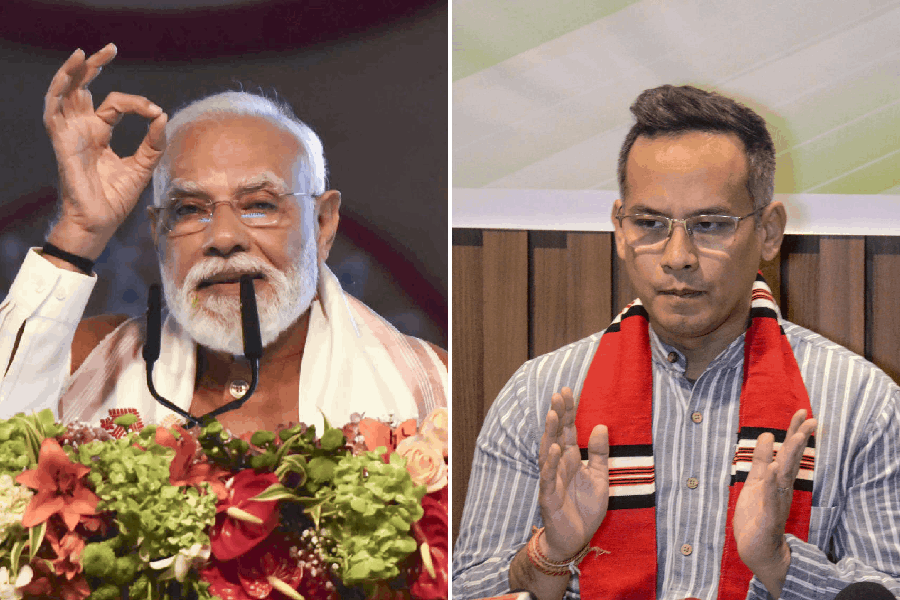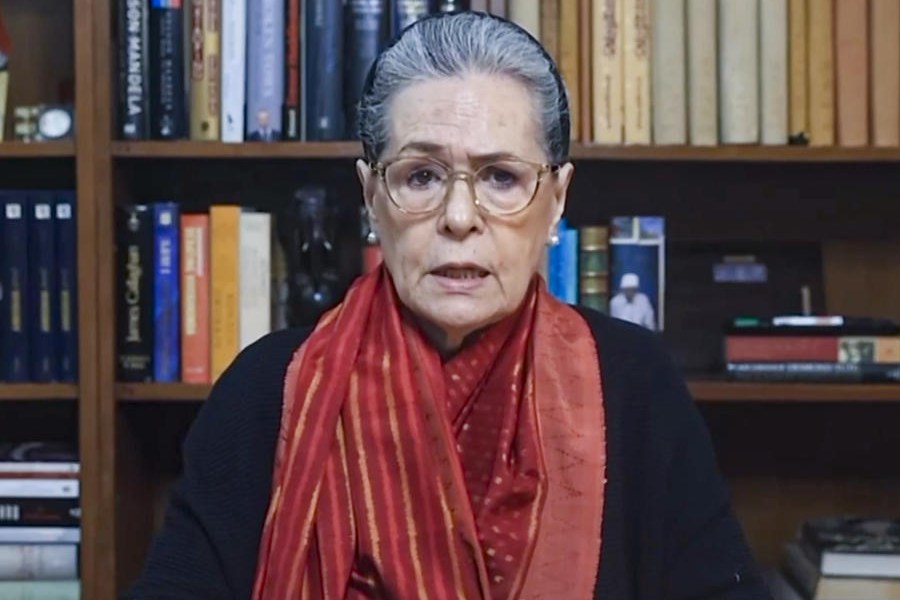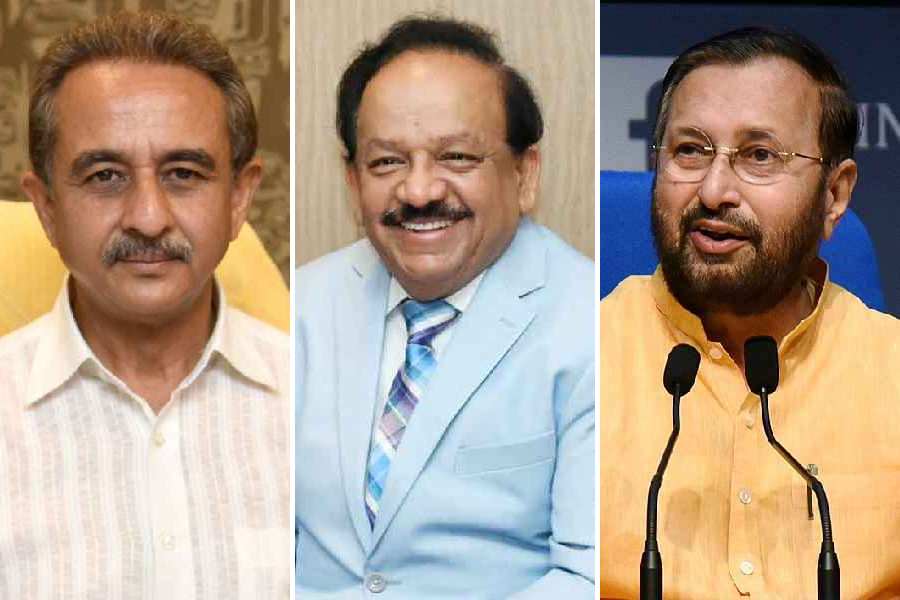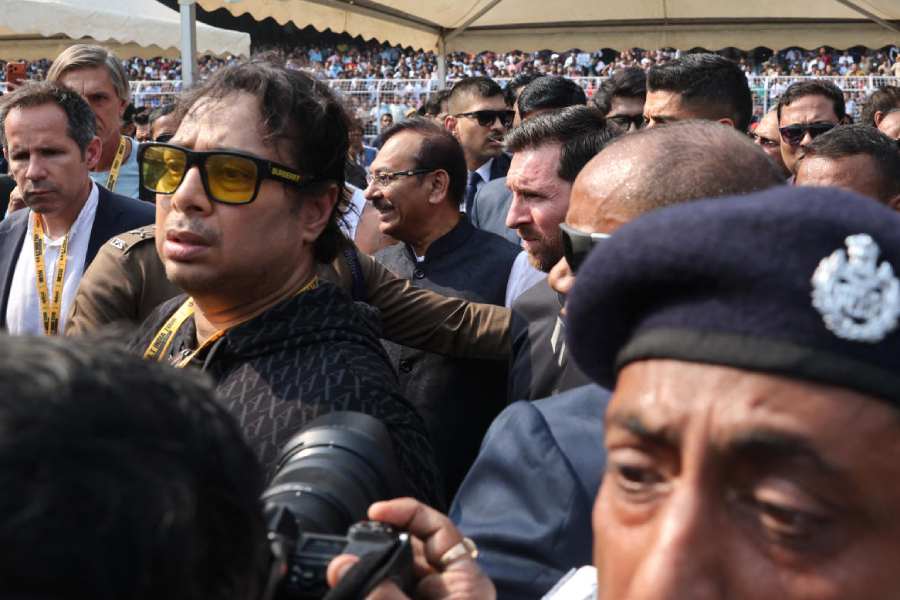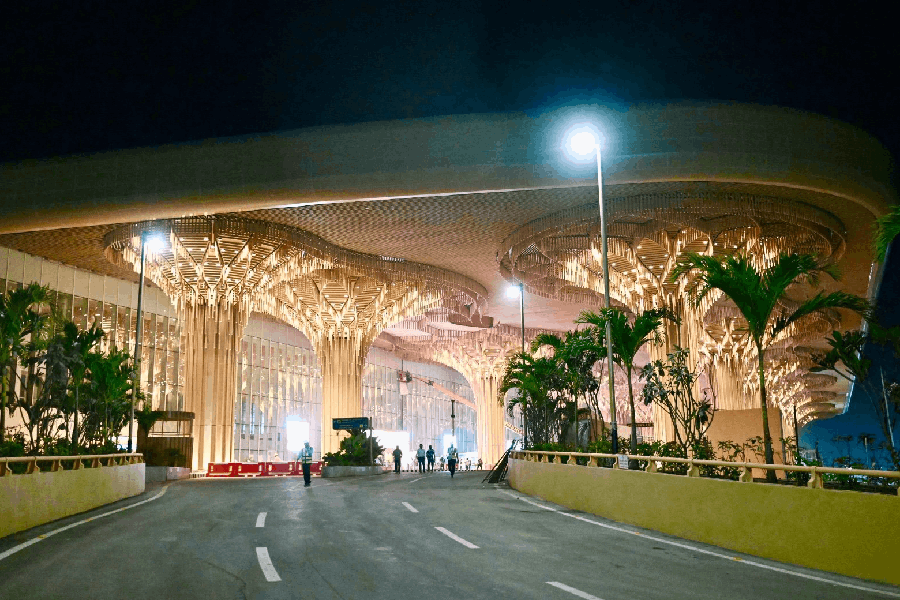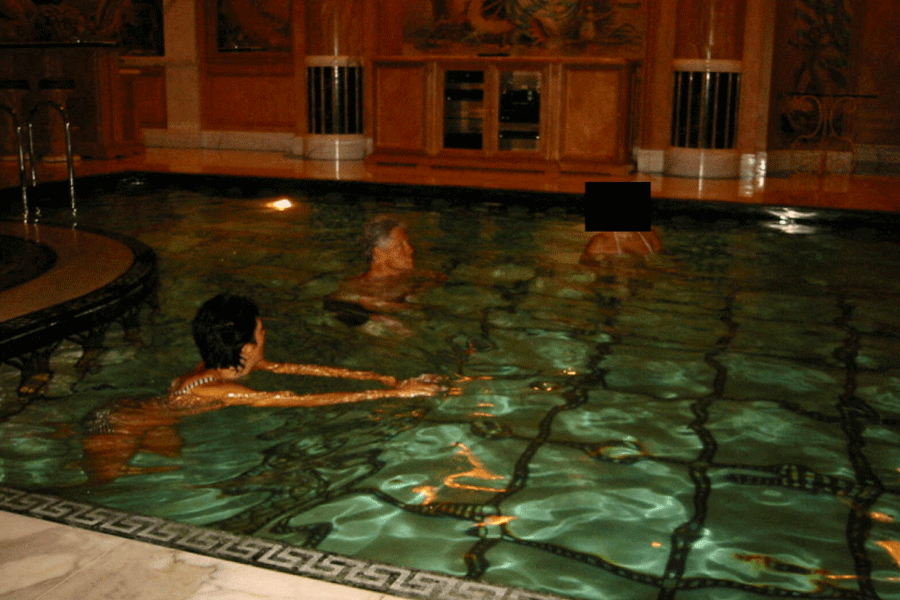
Obeetee, one of India’s oldest premium carpet makers who have been weaving almost 100 years of expertise into each of their handmade carpets, recently unveiled the second edition of their ‘Proud to be Indian’ initiative, with Delhi-based designer duo Abraham & Thakore.
An initiative to promote high-end handmade carpets made exclusively by Indian craftsmen, incorporating elements of the country’s art and craft, the collaboration with Abraham & Thakore has resulted in 18 carpets designed by the duo and woven by Obeetee weavers. The line was unveiled in Delhi in December, before the collection travels to Germany and the US. t2 chatted carpets, Indian crafts and more with Rudra Chatterjee, chairman, Obeetee.
Tell us about Obeetee’s collaboration with Abraham & Thakore.
The goal is to work with designers like Abraham & Thakore who reinterpret traditional crafts, incorporating elements such as borders of vintage saris from Kanchipuram, block prints from Sanganer, tie-and-dye from Kutch, the geometry of double ikat Telia rumals and the art of calligraphy. They integrate these elements into carpets in a way that is accessible and modern for today’s global customer. Each carpet takes over a year to weave and is a fine example of the craftsmanship of our weavers.
What is the idea behind the ‘Proud to be Indian’ initiative?
We try to use crafts that highlight India. Carpets have never really been designed in India, they are generally designed in Turkey or Persia. The idea was to make something in India, using Indian motifs and handicrafts. The attention that this series grabs gives Indian craftspeople a chance to make products that are high-end.
From a marketing aspect, since Obeetee has mainly worked with customers from the US and Europe, this series is something that Indian customers will be able to relate to due to the designers and the crafts they integrate into our products. It is very important for us that the skills that we have learnt from our ancestors are preserved. The weavers are the foundation on which this industry is surviving and unless favourable circumstances are provided to them, the art will die out. That can only happen if designers such as Abraham & Thakore foray into this industry and make carpets more fashionable.

Which other designers have you collaborated with in the past?
The first collaboration for the ‘Proud to be Indian’ series was in January 2017 with Tarun Tahiliani. Sabyasachi Mukherjee had also collaborated with us for a limited edition collection for Pottery Barn.
What kind of response did you get for the Tarun Tahiliani collection?
That was very successful and was launched in Delhi, New York and Dubai where we got an excellent response. In the US, we had mature buyers who buy a lot of carpets and that was the first time Indian carpets were showcased. The carpets of that collaboration were rich and opulent and had an element of showbiz to them, with a lot more focus on using new materials like linen, wool and silk.
Do you think the global market is opening up to Indian traditional crafts and designs?
It absolutely is. In terms of design, we just have to put it in the context that the world is familiar with. When we are using Indian designs and sari borders, we have to make sure that they fit into the Western world. For example, the colours have to be right for their sofas and their walls. As long as we can do that, the market is very open to Indian crafts.

Obeetee completes 100 years in 2020. How has the journey been and what’s next?
In 1920, it started with three Britishers — Oakley, Bowden and Taylor — in Mirzapur and that is why the name Obeetee. We have always focused on social and environmental factors and have been able to work with families of weavers over generations. Because we look after the weavers, they haven’t left us. We try to give them favourable circumstances to work in by doing things like ensuring good wages, treating them well and providing education to the weavers’ children, using rice husk as fuel, providing healthcare and setting up solar lights and toilets in the village where the factory is.
So over the past 97 years we have been expanding who we are every year in terms of our environmental focus and social accountability. Our goal is to be the best employers and retain our weavers. Sustaining the art of weaving is important. We want to be fresh in our outlook and adapt to the changing times as well. We want better and more collaborations — with designers, clients and artisans. These goals, to me, are more important than a centenary bash.
Text: AS


